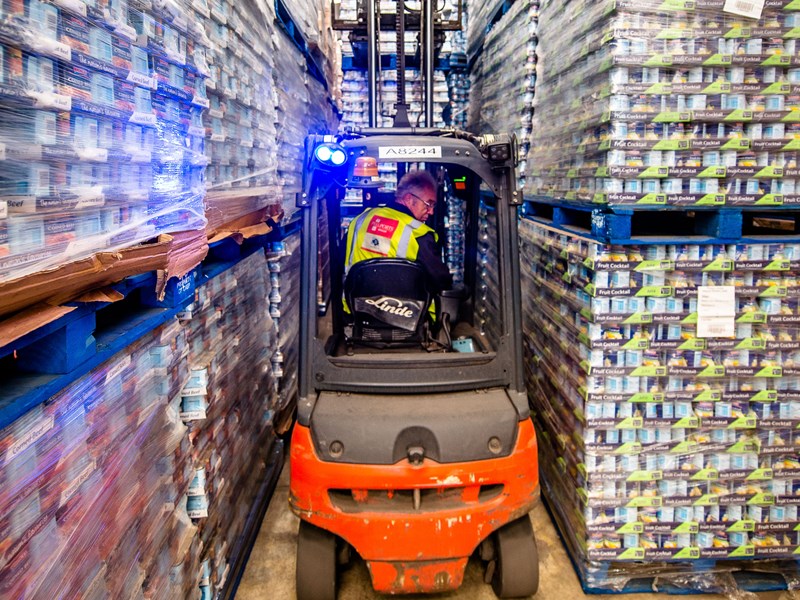Port-centric logistics is fast becoming a supply chain strategy that many businesses cannot live without.
Whether you’re a clothing brand, a timber manufacturer or food and drink distribution business, engaging a port-centric approach in your supply chain can deliver untold benefits.
Port-centric Logistics
In its simplest term port-centric logistics uses on-port facilities across the UK to handle all elements of inbound and outbound logistics, from storage to distribution and even full-scale manufacturing and production centres. It has gained even more prevalence over the last 18 months, with the country in the grip of a pandemic, as well as facing unprecedented change as a result of the Brexit agreement. Now more than ever, business realise they need a supply chain which is resilient, flexible and cost effective and avoids delays due to congestion.
Port-centric logistics takes a holistic approach to supply chain strategies and at Peel Ports, we are able to utilise our network of strategically located ports across the UK to deliver end-to-end solutions, which help get goods to market quickly and efficiently, helping minimise any unwanted delays.
Using ports close to the origin or destination of the cargo delivers significant benefit. Not only does it mean fewer road or rail miles are consumed on the land-leg of the journey, but it also removes carbon from the supply chain.
Even if additional fuel is burnt on a longer maritime journey, emissions from shipping can be up to 80% lower than those from road on a tonne per kilometre basis.
Close proximity can offer other indirect benefits too. The port can be used not only as a strategic gateway, but a location of supply chain activity – hence port-centric logistics.
Be it full processing, product finalisation or simple storage solutions, being close by means a port can fulfill a wide range of logistics activities, fully in the knowledge that the close proximity to the market or production plant minimises the risk of disruption as a result of congestion, maximising your responsiveness to market demands.
When you think about that package you receive after an online order at your favourite high-street brand – did it come from one of their regional warehouses? Maybe. But it equally could have come from a quayside warehouse, making the journey from ship to warehouse and into the dispatch system as efficient as possible, with fewer legs in the journey. Cheaper. Greener, Quicker.
